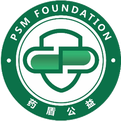Author:Mei Quanxi, Shenzhen Baoan Pure Traditional Chinese Medicine Treatment Hospital
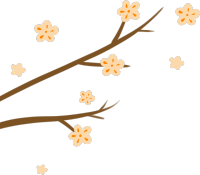 Mei Quanxi’s Column
Mei Quanxi’s Column
Ben
Cao
Gang
Mu

Volume Thirteen of the Herb Section
Using Qiang Huo to Expel Wind and Disperse Cold

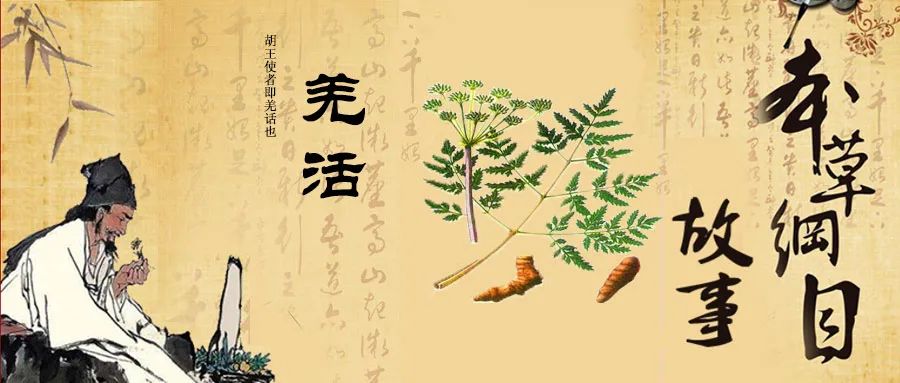
[Li Shizhen said]: … In the Tang Dynasty, Liu Shizhen’s brother suffered from wind disease. He dreamt of a divine being who said: “Just take the messenger of the Hu King, soak it in wine, and he will recover.” Shizhen asked around but no one knew. He dreamt of his mother again, who said: “The messenger of the Hu King is Qiang Huo.” He sought it out and used it, and his brother’s illness was cured.
Volume Thirteen of the Bencao Gangmu discusses the discovery of Du Huo.
1
The Story of Qiang Huo Treating Wind and Dampness


Li Shizhen recorded a legend about Qiang Huo treating illness in the Bencao Gangmu:
In the Tang Dynasty, there was a man named Liu Shizhen, whose brother suffered from a stubborn wind-damp condition for many years, bedridden and unable to get up. His family sought remedies everywhere, but none were effective. One night, Liu Shizhen dreamt that he was searching for a doctor for his brother’s illness and suddenly met an old man. Shizhen asked, “My brother has a severe wind-damp disease, and despite various treatments, there is still no good effect. Is there any method to treat it?” The old man replied, “Your brother’s wind-damp cannot be treated with ordinary medicines; there is one remedy that can cure it, which is to soak the messenger of the Hu King in wine and take it.” After saying this, the old man disappeared. Shizhen realized this was a divine message and quickly remembered the name of the medicine. However, he searched through all medical books but could not find the Hu King messenger. He visited famous doctors and herbalists, but no one knew what it was, and Shizhen was very anxious and could not eat or sleep. At that moment, he had another dream, where he saw his deceased mother. Shizhen told his mother about his brother’s condition and mentioned, “A divine being entrusted me with a prescription, saying that soaking the Hu King messenger in wine could cure it, but no one knows what the Hu King messenger is.” His mother quickly told him, “The Hu King messenger is Qiang Huo.” After waking, Shizhen used Qiang Huo soaked in wine for his brother, and indeed, his brother’s long-standing stubborn illness gradually healed. From then on, people recognized the wind-damp expelling properties of Qiang Huo.
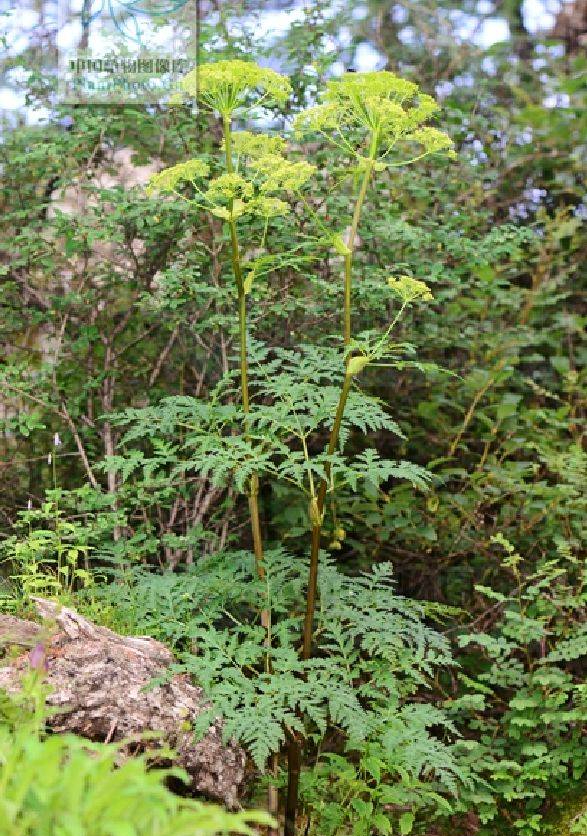
Image of Qiang Huo Plant
2
The Naming of Qiang Huo


Qiang Huo, also known as Hu Qiang Shi Zhe, Hu Wang Shi Zhe, Qiang Huo, and Tui Feng Shi Zhe, refers to the rhizome or root of the plants Qiang Huo and Kuan Ye Qiang Huo from the Umbelliferae family. Qiang Huo has a cylindrical, slightly curved rhizome with stem scars at the top. The surface is brown to blackish-brown, and the exposed areas are yellow. The internodes are shortened, forming tightly raised rings, resembling silkworms, known as “Can Qiang”; the internodes are elongated, resembling bamboo joints, known as “Zhu Jie Qiang”. The nodes have numerous dot-like or tuberous root scars and brown broken scales, with a fragrant aroma and a slightly bitter and spicy taste. Kuan Ye Qiang Huo refers to the rhizome and root. The rhizome is cylindrical, with stem and leaf sheath remnants at the top, while the root is conical with longitudinal wrinkles and pores; the surface is brown, with denser ring patterns near the rhizome, known as “Tiao Qiang”. Some rhizomes are large and irregularly nodular, with several stem bases at the top, and thinner roots, known as “Da Tou Qiang”, with a milder aroma. The best quality Qiang Huo is thick, with raised, twisted ring patterns, a dense cross-section, many red dots, and a strong fragrance. It is generally believed that Can Qiang is of the highest quality, followed by Zhu Jie Qiang, then Tiao Qiang, and Da Tou Qiang being the lowest.
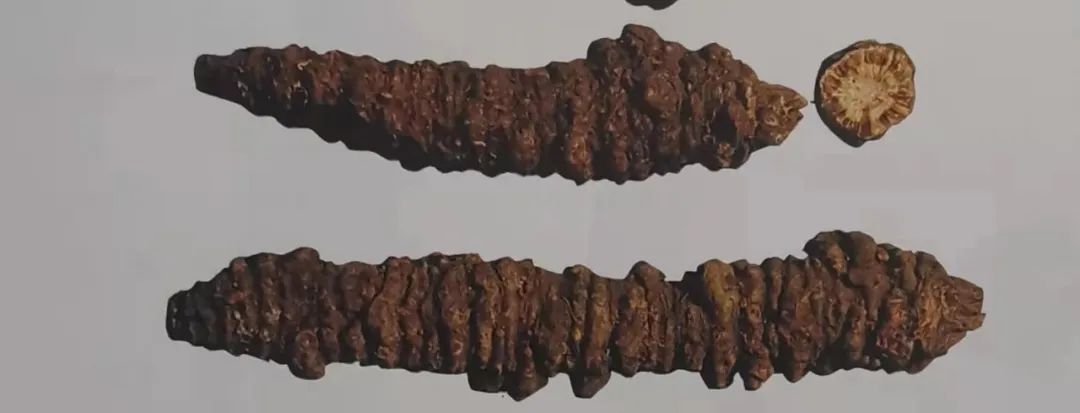

Can Qiang (left) and Zhu Jie Qiang (right)
In early medicinal texts, Qiang Huo and Du Huo were not distinguished, so Qiang Huo was first recorded under Du Huo in the Shennong Bencao Jing. It was not until the Tang Dynasty that Du Huo and Qiang Huo were separated. The Tang Bencao states: “For treating wind, use Du Huo; for water, use Qiang Huo.” Regarding the functions of Qiang Huo, ancient texts mainly emphasized its ability to expel wind-dampness, such as recorded in the Yao Xing Lun: “Treats evil wind, loss of voice… numbness in hands and feet, facial droop, and stubborn body aches.” The Bencao Pin Hui Jing Yao states: “Mainly for pain in all joints, and to eliminate both new and old wind-dampness.” In modern times, it is primarily recognized for its ability to release the exterior and disperse cold, and it is classified as an exterior-releasing herb, commonly used to treat symptoms such as fever, chills, headache, and body aches caused by external wind-cold.
The clinical application of Qiang Huo is often in the form of compound prescriptions, such as using Qiang Huo combined with Fang Feng (Siler), Bai Zhi (Angelica Dahurica), and Cang Zhu (Atractylodes) to create the Jiu Wei Qiang Huo Tang for treating colds, influenza, and upper respiratory infections presenting with exterior cold symptoms, showing good results, especially in cases with significant headache and body pain. The Jiu Wei Qiang Huo Tang has also achieved satisfactory results in treating acute urticaria. The Shanghai University of Traditional Chinese Medicine affiliated Longhua Hospital used 15 grams of Qiang Huo, 30 grams each of Ban Lan Gen (Isatis Root) and Pu Gong Ying (Dandelion), decocted daily, achieving good results in treating fever from colds and tonsillitis. The wind-damp expelling effect of Qiang Huo is also very significant, commonly used for expelling wind and dampness, but it is generally believed that this herb is suitable for those with wind-damp bi pain affecting more than half of the body, such as generalized pain, and can be combined with Fang Feng and Du Huo. For headache conditions, it is often combined with Chuan Xiong (Szechuan Lovage) and Xi Xin (Asarum).
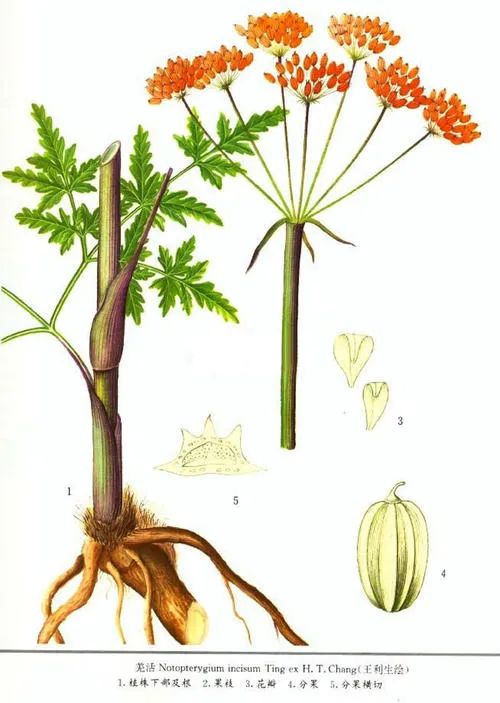
Image of Qiang Huo Herb
3
Pharmacological Effects


Qiang Huo is pungent and bitter, warm in nature. It enters the Bladder and Kidney meridians. Its functions include dispersing cold, expelling wind, eliminating dampness, and relieving pain. It is used for wind-cold colds with headache, wind-damp bi pain, and shoulder and back soreness.
Modern research has shown that Qiang Huo contains volatile oils, which include 14 components such as pinene, limonene, and terpenoid alcohol-4, as well as isofuranocoumarin, furanocoumarin, isopimpinellin, coumarin, Qiang Huo phenol, and organic acids (palmitic acid, stearic acid, oleic acid, linoleic acid), amino acids, sterols, and alkaloids. Pharmacological experiments indicate that Qiang Huo has anti-thrombotic effects and inhibits the formation of fibrin thrombi, significantly suppressing the rate of thrombus growth, suggesting that this herb has certain significance in improving blood hypercoagulability and inhibiting thrombus formation. Qiang Huo also exhibits anti-myocardial ischemia and anti-arrhythmic effects, as well as antipyretic, analgesic, anti-inflammatory, and anti-allergic effects. The volatile oil of Qiang Huo has an inhibitory effect on skin fungi. From the pharmacological research results, it can be seen that Qiang Huo, in addition to its traditional applications in treating wind-cold colds and rheumatic diseases, also has broad prospects in the prevention and treatment of cerebral thrombosis and heart diseases, warranting further research and development.
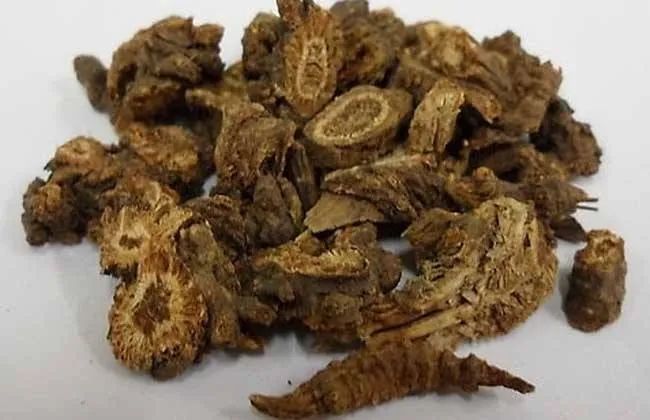
Image of Qiang Huo Chinese Medicine
4
Folk Remedies


There are many folk remedies for treating diseases with Qiang Huo, and clinical applications have shown efficacy. For example:
1
Treating Cold Fever and Tonsillitis
15 grams of Qiang Huo, 30 grams each of Ban Lan Gen and Pu Gong Ying. Decoction, one dose daily, divided into two servings.
2
Treating Wind-Cold Colds
Use Jiu Wei Qiang Huo Tang (Qiang Huo, Fang Feng, Bai Zhi, Xi Xin, Chuan Xiong, Cang Zhu, Huang Qin, Sheng Di, Gan Cao) decocted, one dose daily, divided into two servings. In treating 149 cases of wind-cold type colds, re-examination of 120 cases showed a total effective rate of 93.33%.
3
Treating Shoulder and Back Pain, Inability to Turn Back,
Spinal Pain and Stiff Neck
3 grams each of Qiang Huo and Du Huo, 1.5 grams each of Gao Ben, Fang Feng, and Gan Cao (roasted), 1 gram of Man Jing Zi, decocted in two cups of water until one cup remains, strain, and take warm before meals.
4
Treating Fungal Vaginitis and Vulvitis
50 grams of Qiang Huo, 30 grams of Bai Xian Pi, one dose daily, decocted and used for steaming and washing the affected area for 30 minutes each time. After 10-15 days of continuous use, the itching in the perineum will stop, and abnormal vaginal discharge will basically disappear, with no fungi found upon re-examination.
5
Treating Vitiligo
150 grams of Qiang Huo, 120 grams of Han Lian Cao, 90 grams each of Dang Gui, Chi Shao, Shu Di, and Sheng Di, ground into fine powder and mixed with honey to form pills, taking 9 grams each time, three times a day, for two courses to cure vitiligo.
6
Treating Children’s Colds
3 grams each of Qiang Huo, Ren Shen (Ginseng), Fang Feng, and Chuan Xiong. Grind into a powder, add three slices of ginger, seven leaves of mint, and one cup of water, decoct until 70% remains, and take at any time.
7
Treating Postpartum Cold
5 grams each of Qiang Huo, Xiang Fu, and Zi Su (Perilla leaves), 3 grams of Dang Gui, 4.5 grams each of Bai Shao, Chai Hu, and Chen Pi. Add three stalks of green onion, decoct, and take at any time.
8
Treating Severe Pain in the Brow Bone
9 grams each of Qiang Huo, Fang Feng, and roasted Gan Cao, 3 grams of Huang Qin (do not use this ingredient in winter; if able to eat, the pain will increase), ground into powder, take 15 grams, decoct in two cups of water until one cup remains, strain, and take after meals.
9
Treating Head Wind and Dizziness, Feeling Faint
Equal parts of Qiang Huo, Chuan Xiong, Man Jing Zi, Fang Feng, Bai Zhi, Xi Xin, Gao Ben, and Shi Gao, decoct and take.
10
Treating Water Retention Edema
30 grams each of Qiang Huo and roasted Radish Seeds. Grind into powder and take with wine.

Image of Qiang Huo Medicinal Material


Usage Precautions

This herb has a strong pungent and warm-drying nature, so it should be used cautiously in those with yin deficiency and blood deficiency; it should be avoided in cases of yin deficiency headache and blood deficiency bi pain.
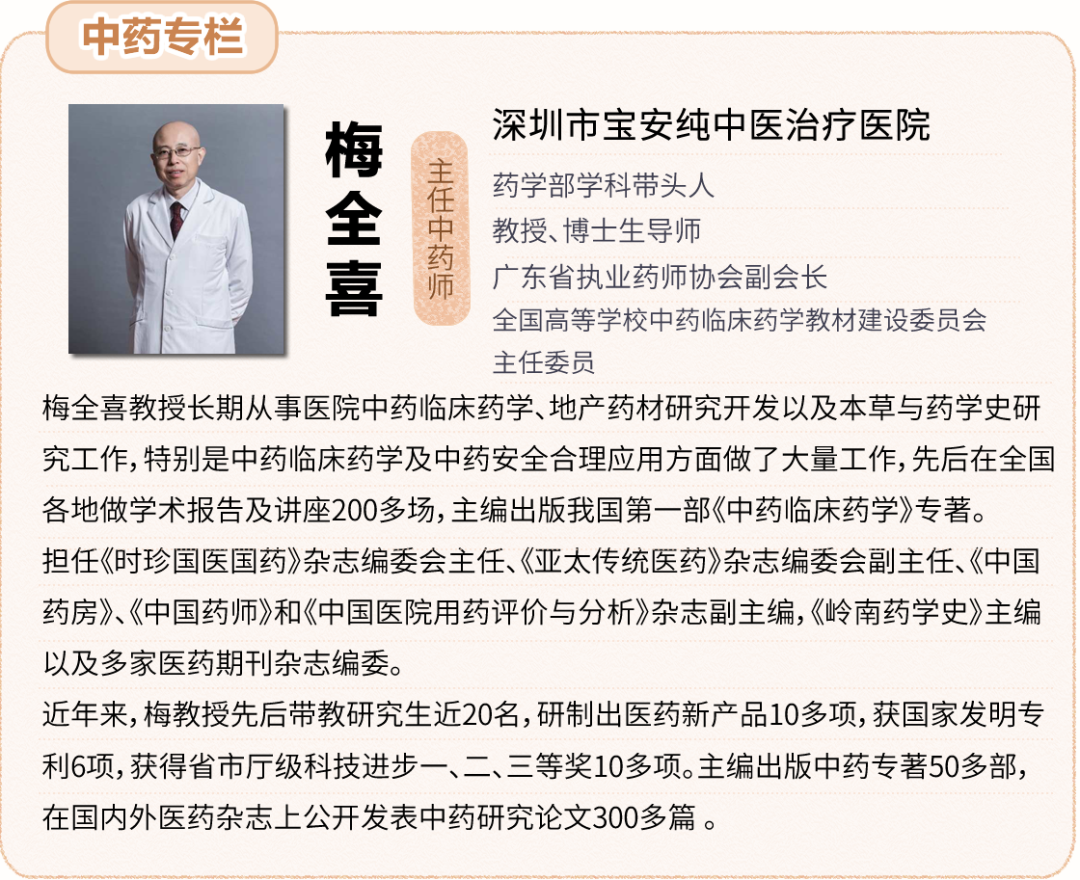
We welcome everyone to leave comments below and share your insights after reading the story of Chinese medicine.
Recommended Reading
-
Story Twenty-Eight of Bencao Gangmu: Yan Hu Suo for Pain Relief
-
Story Twenty-Seven of Bencao Gangmu: Qian Niu Zi for Treating Intestinal Obstruction
-
Story Twenty-Six of Bencao Gangmu: Huang Lian for Treating Eye Diseases
-
Story Twenty-Five of Bencao Gangmu: Guan Zhong for Detoxification and Deworming
-
Story Twenty-Four of Bencao Gangmu: Li Lu for Treating Wind Phlegm
-
Story Twenty-Three of Bencao Gangmu: Cang Zhu for Drying Dampness and Strengthening the Spleen
-
Story Twenty-Two of Bencao Gangmu: Hu Zhang for Treating Stones
-
Story Twenty-One of Bencao Gangmu: Chi Xiao Dou for Treating Ulcers

